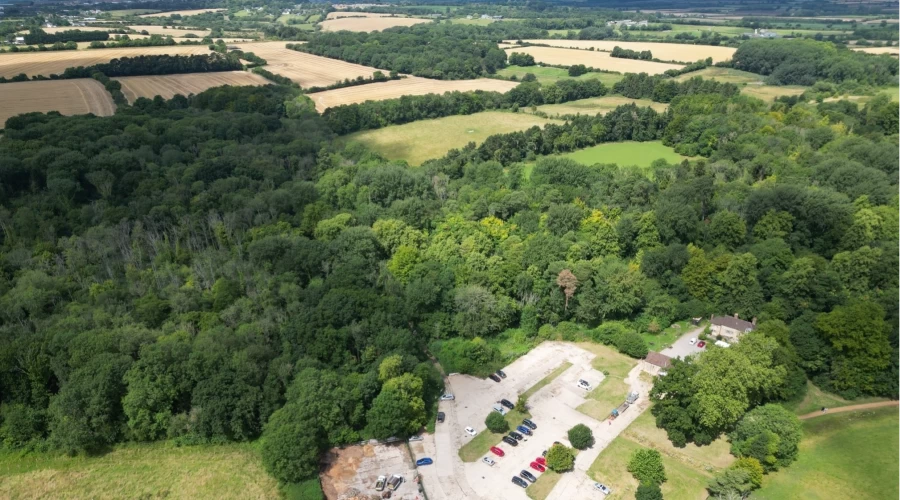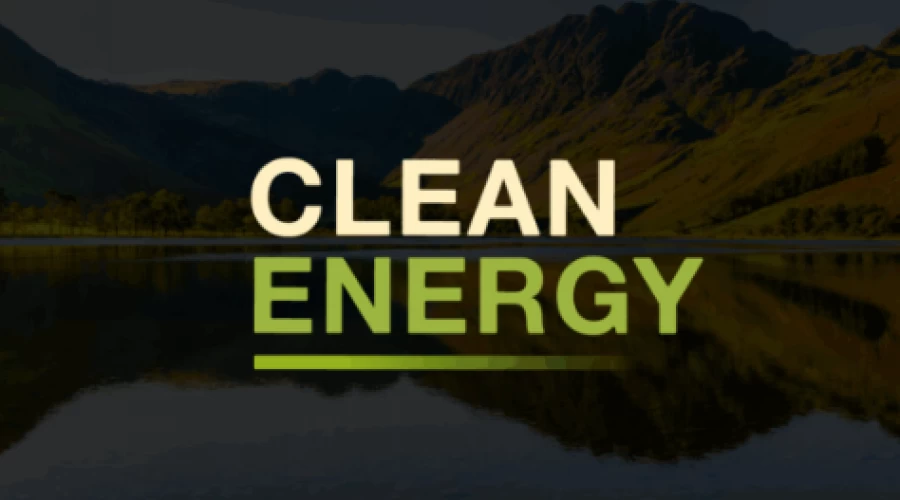Our LRF Structure
Aims and Objectives
The mission of Wiltshire & Swindon LRF is to make sure that the seven statutory duties outlined in the Civil Contingencies Act 2004 (CCA) are achieved within a multi-agency environment. These are:
- Cooperation
- Information sharing
- Risk assessment
- Business continuity management
- Emergency planning
- Warning, informing and advising the public
- Providing businesses continuity advice (local authority duty only)
The above principles run as a ‘golden thread’ in everything we do. However, in Wiltshire and Swindon we want to be more specific as to what this means to our LRF and put the seven statutory duties into a local context. Below outlines our local strategic aim as a collective:
Strategic Aim
‘To plan an effective and efficient coordinated multi-agency response within Wiltshire and Swindon to an emergency or major incident’
In order to deliver the above aim, we have set ourselves a number of strategic intentions which enable us to meet the requirements of the Civil Contingencies Act 2004.
Strategic Intentions
- To develop a robust structure, enabling the Wiltshire & Swindon LRF to be responsive and able to fulfil its responsibilities under the Civil Contingencies Act 2004
- To undertake a continual risk assessment process and maintain a Community Risk Register
- To support the development of plans and capabilities, based on risk, necessary to respond to and recover from emergencies and major incidents. Organisations to provide support and resources where gaps are identified.
- To support individual organisations in providing public information and advice on civil contingency issues in order to encourage the development of community resilience. This will include promoting and raising awareness of the LRF.
- To engage in an ongoing programme of multi-agency training and exercising to ensure that plans and capabilities are fit for purpose
- To facilitate and promote cooperation, information sharing and good practice at a local, sub-national and national level
- To maintain a close relationship with Ministry of Housing, Communities and Local Government (MHCLG) Resilience Emergencies Division (RED) team in order to consider the implications of new legislation, policy initiatives and decisions at a national level
- To develop and maintain relationships with the Wiltshire and Swindon Local Health Resilience Partnership (LHRP) to enhance local resilience
Legislation
The work of the LRF is governed by a number of key pieces of legislation, some of which are highlighted below. As time moves forward legislation changes with Central Government ensuring that LRF agencies are well sighted before any large changes or additions occur.
| Legislation | Summary |
|---|---|
| Civil Contingencies Act (CCA) 2004 | The CCA is a legislative framework for Civil Protection within the UK, which imposes set roles and responsibilities on all organisations who prepare, respond to and recover from emergencies. The CCA splits up all responding agencies into Category 1, 2 and others, which includes Blue Light services, Local Authorities, Health organisations, Utilities, Voluntary Agencies and many others. |
| Control of Major Accidents Hazard Regulations 1999 (COMAH) | The COMAH regulations ensure that businesses and organisations take all the required measures to prevent major accidents with hazardous substances. The regulations also reduce the impact of any accidents which do occur by requiring certain mitigation methods are put in place. COMAH Is split into two levels (Upper and Low Tier), which is defined by the amount of hazardous substances which organisations hold. Upper Tier sites are required to have additional duties including regular multi-agency exercises and off-site plans. You can search to see if any COMAH establishments are near you here; COMAH 2015: Search (hse.gov.uk) |
| Pipeline Safety Regulations (PSR) 1996 | The PSRs ensure the safe management of pipelines across the UK by defining a range of duties to abide by. Pipelines transporting more dangerous substances (Major Accident Hazard Pipelines) will be required to abide by increased duties. LRFs who have Major Accident Pipelines running through them are required to hold a Pipelines Plan, which is written in conjunction with the respective pipeline organisations. |
| Radiation Emergency Preparedness and Public Information Regulations 2001 (REPIR) | REPPIR places a responsibility on the Local Authority that hosts a nuclear establishment in their area to protect the public in an event of a nuclear accident. This is carried out by the establishments having an emergency plan alongside an off-site plan (usually held by the Local Authority). The Local Authority (alongside holding the off-site plan), will also ensure all surrounding communities understand what they should do in the unlikely event of an accident. Much like COMAH, REPPIR requires establishments to work closely with multi-agency partners through training, exercising and general collaboration. |
| Health and Safety at Work Act (HASAWA) 1974 | The HASAWA is the main piece of legislation in the UK covering Health and Safety at work and ensures that employers must protect the health, safety and welfare of all their employees, and anyone on their premises (self-employed, visitors, casuals etc). |
Structure
The LRF may appear complicated but it is actually quite straight forward with the main groups highlighted below:
- Executive Group – chaired by the Chair of the LRF (Director within Wiltshire Council)
- Business Management Group – chaired by one of the LRF Joint Managers (Secretariat)
- Sub-Groups - (chaired by a nominated agency)
- Task and Finish Groups (chaired by a nominated individual)
Some more detail on the groups can be seen below, with each group operating to different timescales, from twice a year to the more frequent once a month. These timescales will be determined by the chair and members of the group.
Task and Finish Groups are formed when a set piece of work requires completing (training creation, exercises etc). These groups will sit for a time limited period with a definite end date. They will be chaired by a member of the organisation leading the piece of work.
| Executive and Business Management Groups | ||
|---|---|---|
| Group | Chair | Summary of Activities |
| Executive Group | LRF Chair | Setting the overall strategic direction of the partnership. |
| Business Management Group | LRF Manager | Produces the Work Plan to deliver the business of the partnership. Oversees the delivery of work of each sub-group. |
| Sub Groups | ||
|---|---|---|
| Group | Chair | Summary of Activities |
| Risk | Swindon Borough Council | Monthly group which assesses risk in a local context and considers mitigation in place and capabilities required. |
| Training and Exercising | Dorset and Wiltshire Fire | Considers all multi-agency training and exercising to support risk mitigation and capabilities. |
| Warning and Informing | Wiltshire Police | Predominantly consists of media leads from each agency. Considers multi-agency preparedness to manage communications in the event of emergencies and major incidents. Promotes multi-agency campaigns and best practice. |
| Severe Weather | Environment Agency | Considers issues in relation to severe weather (e.g., flooding, heat, snow, cold etc) and mitigations that can be put in place to reduce the impact. This also includes Climate Change. |
| CBRNe (Chemical Biological, Radiation, Nuclear and Explosives) | Dorset and Wiltshire Fire | This LRF is part of a wider regional CBRNe group. Our representative reports back to the LRF to consider relevant issues in the local context. |
| COMAH | Wiltshire Council | In conjunction with establishments subject to COMAH regulations, brings together LRF members to share of information on site preparedness, changes, training, exercises and any incidents of note. |
| Voluntary Agencies Sector (VASEC) | Wiltshire Council | Consists of voluntary agencies in Wiltshire and Swindon and LRF core members. The group enables voluntary agencies to share information on their activities and preparedness. The group aims to promote closer collaboration between voluntary and statutory agencies. |
| Blue Lights Services | Wiltshire Police | Specifically for Blue Light services to share information, exchange views and highlight good practice. |
| Community Resilience | LRF Community Resilience Lead | This is our newest group and brings together all areas of Community Resilience across Wiltshire and Swindon. Its overall aim is to integrate Community Resilience into all areas of organisational work and ensures all our communities are involved. |
| LHRP | Bath Wiltshire and Swindon Integrated Care Board (ICB) | Consists of all health partners to consider emergency preparedness for the health sector, and provides the health link to the wider partnership. |
Latest News
Read the Latest News
UKHSA Blog: The invisible danger of carbon monoxide
>1m read
UKHSA Blog: The invisible danger of carbon monoxide


Winter Energy Saving campaign to encourage people to save money off bills
>1m read
Winter Energy Saving campaign to encourage people to save money off bills
